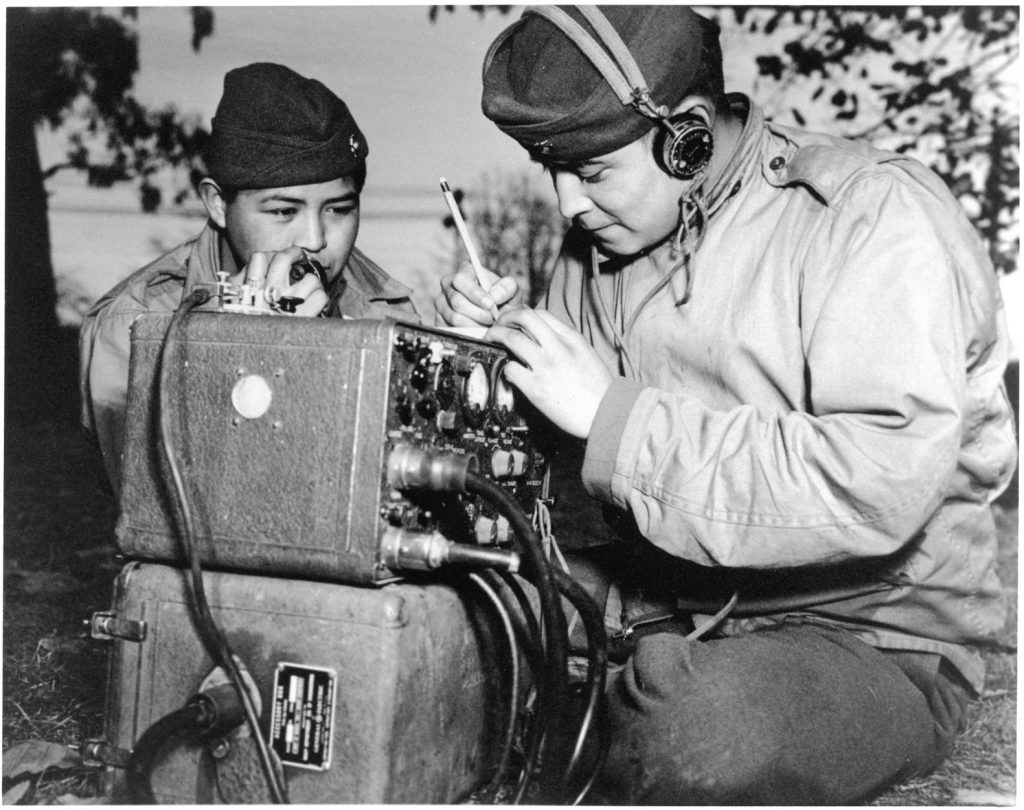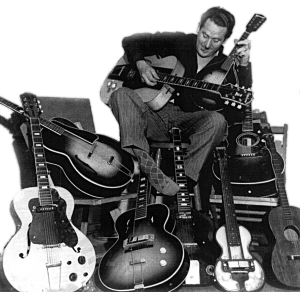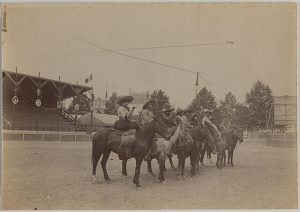“Jó áádóó Laman bidineʼé ałdóʼ tʼáá bí ałkʼiijééʼ; dóó díí kéyah tʼáá ałtso bikááʼgóó diné ndaʼahiltseedgo hahoolzhiizh; doo díí daʼahijigą́ ndootʼihígíí éí doo bił bééhózin da.”“And behold also, the Lamanites are at awar one with another; and the whole face of this land is one continual round of murder and bloodshed; and no one knoweth the end of the war.”
The phrase Code Talker is most often used when referring to the Native American soldiers who sent coded messages to one another in their native Navajo language in the Pacific Theater in World War II.
The year was 1941. The United States, shaken and filled with anger and lament, had just declared war on Japan following the attack on Pearl Harbor. Young men from around the country rushed to enlist in the U.S. Armed forces by the thousands to proudly and honorably serve their country. Among all of these brave men were twenty-nine individuals, descendants of the original inhabitants of this continent, who knew the meaning of family and tradition, and who held unbreakable ties to their sacred lands. These were Navajo men, and although unknown at the time, they would serve crucial roles in ultimately defeating the Japanese and help win World War II for the allied powers.
It was determined early on in the war that the existing methods of communication, such as Morse Code and Cryptograph machines, were far too slow, and messages could be easily intercepted and decoded by the enemy. The U.S. needed a new way to send and encrypt messages at quick speeds, and that also could not be decoded by the Japanese. The Navajo language was still unwritten at the time, and it is widely accepted that less than thirty non-Navajo individuals were able to speak, or even understand, the language, which was only used by the Navajo people themselves in the American Southwest.1 The complexity and tone of the language made it extremely difficult for individuals who didn’t grow up with the language to be able to comprehend it, let alone learn it. This made the language itself the ideal vehicle for the U.S. government to use to relay its messages on the battlefield. When the idea of using Navajo men came to light in the early stages of the war, however, it was met with fears that the Navajo wouldn’t be willing to help. It was commonly thought that the U.S. government’s treatment of Native peoples for centuries would have caused them to reject aiding their oppressors. However, men from both the Navajo nation and almost every federally recognized Indian tribe in the country were both willing and eager to help. “What happened to the Navajo were social conflicts,” Navajo Code Talker Albert Smith once said. “But this conflict involved Mother Earth being dominated by foreign countries. It was our responsibility to defend her.”2 In May of 1942, less than five months after Pearl Harbor, twenty-nine Navajo men joined the United States Marine Corps. Among them were the likes of Charlie Y. Begay, Chester Nez, Jack Nez, John Willie, and William Dean Wilson.3

Subsequent to completing boot camp, the men worked together to develop, and complete the Navajo code at Camp Pendleton, Oceanside, California. The men were trained in vigorous combat conditions to see how they would perform in terms of relaying coded messages to each other in combat situations. Astonishingly, the men were able to encode, transmit, and decode a three-line English message in less than twenty seconds under these conditions, beating even the most advanced machinery at the time, which took up to half an hour to encode, transfer, and decode the exact same message.4 However, due to the simplicity and limited amounts of words within the language itself, it was determined that “making new words” for existing military terms in the Navajo language would be far too time-consuming. Therefore, it was agreed upon that certain words in Navajo would refer to certain military aspects on the battlefield. For example, the Navajo word for Buzzard, jeeshoóʼ , was used to refer to a Bomber, while the term ‘Iron Fish’ in Navajo was the code term for Submarine. This tactic would only serve to further complicate the entirety of the code itself, in the sense that if it was ever determined by the Axis powers what language was being used, it would simply just be lines upon lines of nouns and verbs with no context, solidifying the fact that only Navajo Code Talkers could successfully, and correctly translate these messages. A codebook was created by the “First 29,” which was meant to teach future code talkers the entirety of the terms that were to be used in their transmissions. Due to the fact that many of the military terms they were referring to did not exist in their language, even those fluent in Navajo would not understand what was being said in their coded transmissions without the proper training. After the code itself was completed, twenty-five of the men were sent to the Pacific to begin using the code in battle, while four of the men stayed behind to help teach the code in secret to select members of the U.S. Military, as well as to other Native American soldiers.
The Navajo were assigned to serve in the Pacific Theatre and fought in every U.S. battle until the surrender of the Japanese in 1945. Their orders were always the same: to transmit coded messages to each other over radio communications throughout the duration of the battle, and report the information to their respective officers. The Code Talkers themselves were heavily protected by their brothers in arms and treated with the utmost respect on the battlefields, as they were seen as incredible assets to the United States. They were praised for their skill and loyalty throughout the duration of the war. During the Battle of Iwo Jima, six Navajo code talkers were working nonstop throughout the first 48 hours of the attack. Throughout this time frame, these six Code Talkers sent and received over 800 messages without a single mistake. Major Howard Connor, 5th Marine Division Signal Officer stated after the battle, “Were it not for the Navajos, the Marines would never have taken Iwo Jima.”5 The island of Iwo Jima itself was considered to have outstanding tactical advantages for whichever side controlled it. Its Naval capacity and Aerial support capabilities gave Japan the edge in the region, and had the U.S. not taken the island, the outcome of the entire war itself could have been drastically different.

Throughout the course of the war, the Navajo code grew from 211 words to more than 600 words, and nearly 400 Native American Code Talkers used the code developed by the First 29 by the end of the war, which was never broken or deciphered by the Japanese.6 The Code Talkers were ordered to keep quiet about their involvement, as their operation was to remain classified at the time, making their service to the U.S. public unrecognizable for the time being.
Upon returning from the war, willful of the fact that they could not speak of their duties, yet knowing their involvement and significance, many Native American code talkers came to find that they were still treated with disgust, and disrespect by their fellow Americans who did not, and could not comprehend their loyalty and service to their country. They were not given the honor of wartime veterans and came to the realization that they were still considered second-class citizens. Many were denied voting rights in numerous states and were constantly discriminated against, despite their accolades.
The first public recognition that the Code Talkers of World War II saw was after the declassification of the operation in 1968. President Ronald Reagan gave the code talkers certificates of recognition for their efforts and declared August 14, 1982, as Navajo Code Talkers Day, in observance of their contribution during the Second World War.7 And later, on December 21, 2000, President Bill Clinton awarded the Congressional Gold Medal to the original ‘First 29’ Navajo code talkers, as well as Silver Medals to all 400 other code talkers who served the United States in World War II. In July of 2001, President George W. Bush personally presented the Gold Medals to the last five surviving code talkers, and to the families of the 24 deceased code talkers. The last of the original 29 Navajo Code Talkers, Chester Nez, passed away on June 4th, 2014 in Albuquerque, New Mexico.

The Navajo Code remains one of the very few codes to never have been broken. It was utilized throughout the Korean War, and partially during the Vietnam Conflict. Its complexity and reliability on the battlefield made it one of, if not the most effective means of communication that the United States has ever developed. The service of the Code Talkers is recognized by Americans across the country, and it was their undying loyalty, and service to their country that has made them one of the most respected outfits to have ever fought in the U.S. Military.
- Nathan Aaseng, Navajo Code talkers: Americas Secret Weapon in World War II (New York: Walker & company, 1992), 4-5. ↵
- Hannah Capen, Navajo Code Talkers of WWII Transcript (April 15, 2013). ↵
- Sally McClain, Navajo Weapon: The Navajo Code Talkers (Tuscon, Arizona: Rio Nuevo, 1981). ↵
- William C. Meadows, The Comanche Code Talkers of World War II (Austin, Texas: University of Texas Press, 2002), 43-44. ↵
- CIA, The Navajo Code Talkers and the Unbreakable Code (Langley, Virginia 2008). ↵
- Deanne Durrett, Unsung Heroes of World War II: The Story of the Navajo Code Talkers (Library of American Indian History, Facts on File, Inc., 1998), 12-14. ↵
- Tom Holm, Code Talkers and Warriors- Native Americans and World War II (New York: Infobase Publishing, 2007). ↵



101 comments
Jake Mares
For a group of people with accomplishments like these Navajo people, they sure get little recognition. I have briefly learned about military codes, but never about this fascinating story. The mindset today is that we use computers for everything. Even with their limited technology, it amazes me how they could decode each other in 20 seconds when computers took half an hour.
Danielle Slaughter
This was an astonishingly well-written article! I love the story of the Navajo Code Talkers. I am not Navajo myself, but as someone of Yaqui descent, I am so grateful for this courageous group of Native Americans who risked it all in service both to their country and to their Mother Earth. It is a shame that the last of the original Code Talkers has now passed on, but at least we have their mighty legacy and the stories passed down through their beautiful language.
Noah Wesolowski
While the Native Americans we treated poorly in US history they were still willing to help in World War two. After reading this article it amazes me how important of a role they led in the war. Iwo Jima would not have been a victory for the United states and all those men who died would have died in vain if not for the Navajo code talkers.
Vanessa Sanchez
In the year 1941 the USA was left with anger and resentment because we were just surprised attacked by the Japanese army, we would communicate over the radio but japan would intercept and interpret our communications we had to find a way to communicate without the Japanese understanding the language, then some Native Americans apart of Navajo tribe decided to use there language to communicate and this became very efficient because the Japanese had no way to decode it.
Mariah Garcia
Growing up, my boyfriend’s mother would always tell him stories about the code talkers, and it was always a favorite story for him. When I told him I read this article, he got very excited. It was very interesting to see how this group of marginalized individuals whom historically, their people were abused and denigrated by the US government, helped to turn the tides for our country when we needed them.
Alicia Guzman
I am a firm believer that without the Navajo Code Talkers, the United States and other Allied Forces would not have won the war in the amount of time that they did. One of the most critical factors of not only waging war but winning not only the battle but the war is being able to keep literally every aspect confidential and top secret. I love how in this article the Navajo Native Americans’ impact and work in the war effort were highlighted and acknowledged but what is even more pitiful and blatantly disgusting was how they were treated when they got back home. While the world was changing racism in America was not.
Diego Terrazas
Knowledge about the Navajo Code Talkers was never bestowed upon me until recently. I find it to be very cool that it demonstrates that you can use what you have at your disposal in order to improve yourself or to help you reach your goal. It also shows that fighting for a common goal is the best way to unite people.
Natalie Juarez
These code talkers played a pivotal role for the United States during this time. It troubles me that they were not valued in the light that they should have been. Unfortunately, this is still a reality to this day. Native Americans are not given ample credit for their works, along with other marginalized groups. Their strength to persist in their duties despite the discrimination is admirable.
Stephanie Nava
We have to thank Native Americans for so much. They have done a lot for this country. I knew of the Code Talkers before, mostly because in my home town there are many Native American reservations. I have a lot of respect for them. The fact that this code has not been broken is amazing. Even though it was because of a war, I am glad that the United States was so willing to diversify their military and accept new forms of communications and people as well. It is also very cool that Native Americans were willing to share their culture and language with us. It is because of them that the war was won. Thank you for shedding light on this topic and congratulations on your nomination!
Samantha Luckey
This is an interesting article regarding a forgotten culture. This author was able to establish a historic detailed background that engaged the reader to continue reading on, as well as, informing the reader of important details of a misconceived people (the Navajo). I appreciate this article’s illustration of this culture that illustrated the struggles the Navajo’s had to contend with.